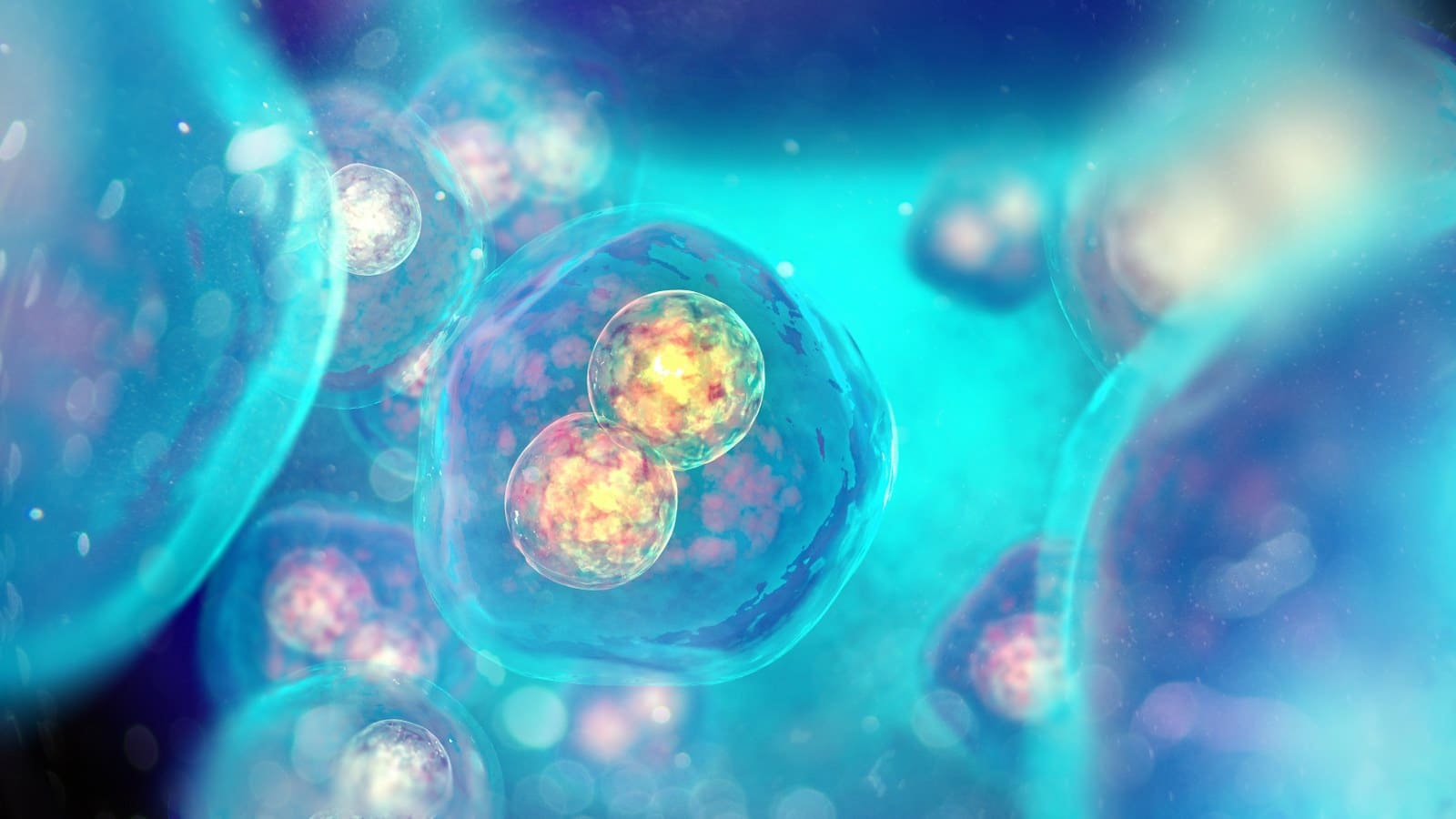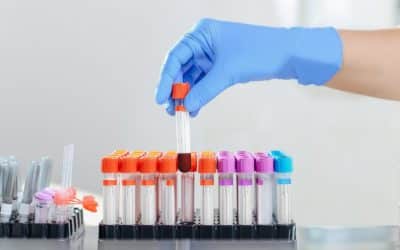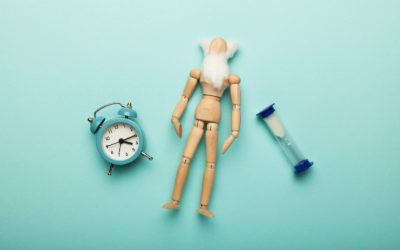
Cells communicate with each other in many ways.
Cells continuously secrete thousands of different substances such as metabolites, DNA, RNA, proteins, peptides, hormones, neurotransmitters, vesicles, and lots of other things, reaching other cells, impacting their function, ranging from tweaking their metabolism to full-blown death.
Many of these substances travel to nearby, surrounding cells, but many others can reach far flung regions in the body via the blood, lymphatic vessels or cerebrospinal fluid (which is the fluid that runs through your spinal cord and brain).
However, during aging, this communication between cells goes awry. Our cells start to secrete wrong or even damaging substances. These substances turn on inflammation in other cells, or break down the extracellular matrix (the glue-like goo that embeds our cells), or make our blood clot easier, or activate pro-aging pathways.
Inflammaging: why does inflammation increase as we get older?
Lots of these damaging molecules are ones that cause inflammation. This gradual rise of proinflammatory substances during aging is called “inflammaging”.
So where do these proinflammatory substances come from? Why do you get more “inflamed” during aging? Some important contributors to inflammaging are the following:
– During aging, some of our cells become senescent cells. Senescent cells secrete pro-inflammatory substances (like interleukins, chemokines, interferons, tumor necrosis factors, and so on). Senescent cells also secrete other kinds of damaging substances, like ones that break down the extracellular matrix which embeds our cells, or pro-coagulation factors (which make our blood clot faster).
– When we get older, our gut becomes more leaky, leading to toxic substances leaking from the gut into our bloodstream (like pro-inflammatory lipopolysaccharides from gut bacteria), causing inflammation and damage everywhere in our body, including in our brain.
– During aging, our skin also becomes more “leaky”. The skin protects our body from outside invaders, but during aging the skin barrier deteriorates. In fact, in one study, elderly people were advised to smear their entire body regularly with a skin cream that improved the skin barrier; after a while they reduced inflammation in their body (R).
– During aging, retrotransposons and other pieces of “unruly” DNA start to jump around in our DNA; making copies of themselves and insert themselves at random locations into our DNA, causing DNA damage and putting cells into a pro-inflammatory state.
– Damaged mitochondria make the cells they reside in producing “alarm” proteins and other substances that induce inflammation.
– As we get older, our thymus shrinks. The thymus is a gland found in the upper chest, behind the breastbone (sternum), sitting snugly between our lungs. In the thymus, specific immune cells, called T cells, are trained to not attack our own body (but foreign invaders, like bacteria and viruses). However, by age 50, our thymus has shrunk considerably leading to much less T cells being trained properly, causing them to attack our body, resulting in smoldering, low-grade, persistent inflammation (R,R). In fact, it’s a bit strange that such an important gland loses its function as we get older. Some scientists think the reason for this is that during aging, the thymus becomes too much infected with viruses and bacteria, which infiltrate thymus cells, making these cells to wrongly teach T cells to tolerate these microorganisms (via a process called negative selection in which instead of self-antigens, viral or bacterial antigens are presented to young T cells teaching them to tolerate these antigens instead of attacking them). So given the thymus becomes dysfunctional anyhow during aging, it’s no longer maintained. Other scientists believe that the thymus mainly needs to be big and strong when we are children and young adults, so we can survive infections during our childhood and just long enough to procreate. After that, maintaining a proper thymus is not that important anymore so nature slowly lets it deteriorate.
To make a long story short, when we get older, our body becomes more inflamed, while levels of many other damaging substances increase in our body, both in the bloodstream and the fluid that surround our cells, causing cellular dysfunction, including dysfunction of stem cells, fanning the flames of aging.
Learn more about the hallmarks of aging:
Epigenetic alterations
Loss of proteostasis
Mitochondrial dysfunction
Genomic instability
Telomere attrition & shortening
Advanced Glycation End Products (AGEs) and protein modifications
Senescent cells
Stem cell exhaustion
Altered intercellular communication
Deregulated nutrient sensing
Other reasons why we age
Overview of the hallmarks of aging




